Introduction
And another year has quietly sidled out of sight since my last update on the Yorkshire Wildlife Park’s ongoing extension.
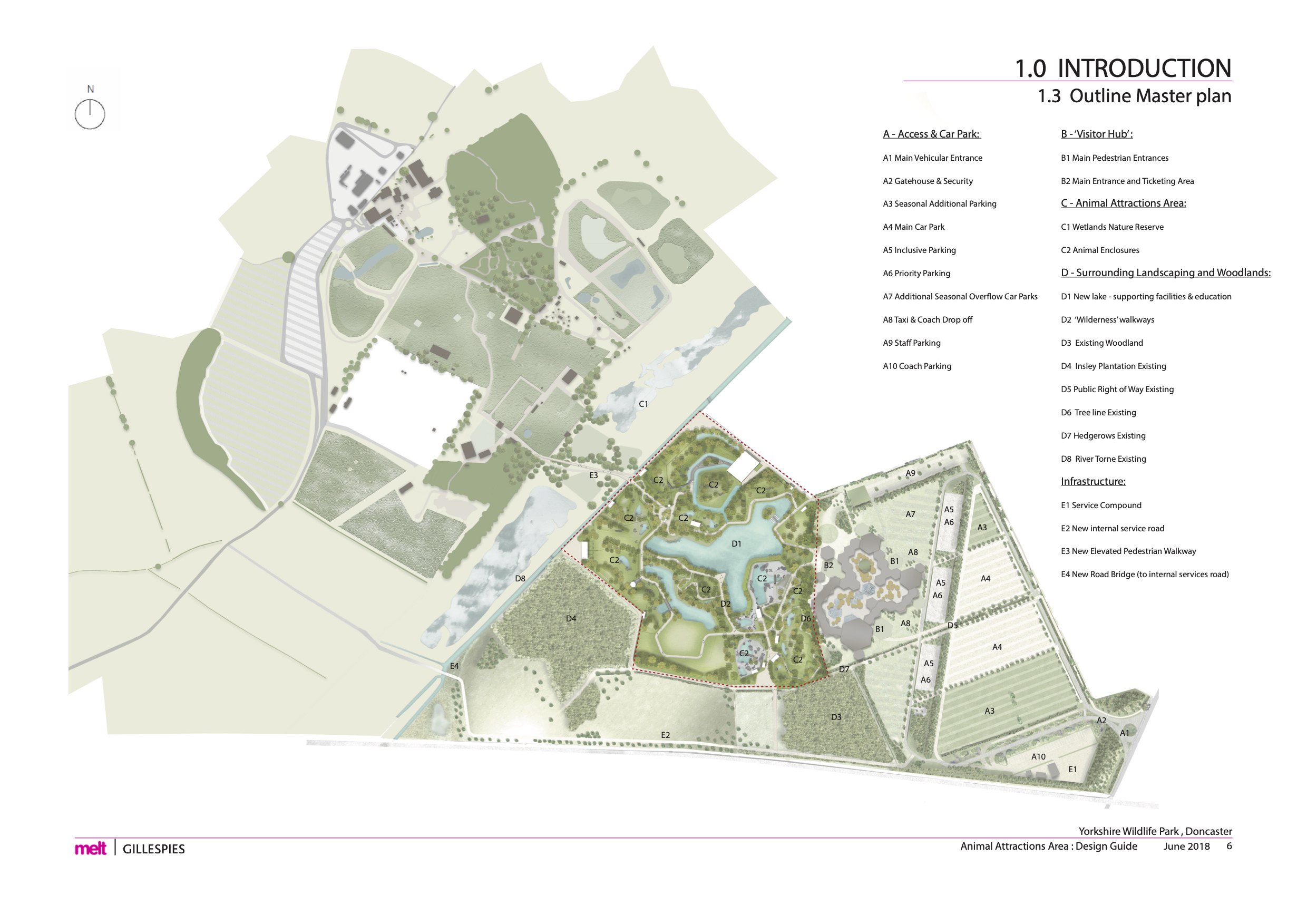
The June 2018 masterplan for the park extension. The park expansion can be found in the lower right, the older original part of the park can be found in the upper left.
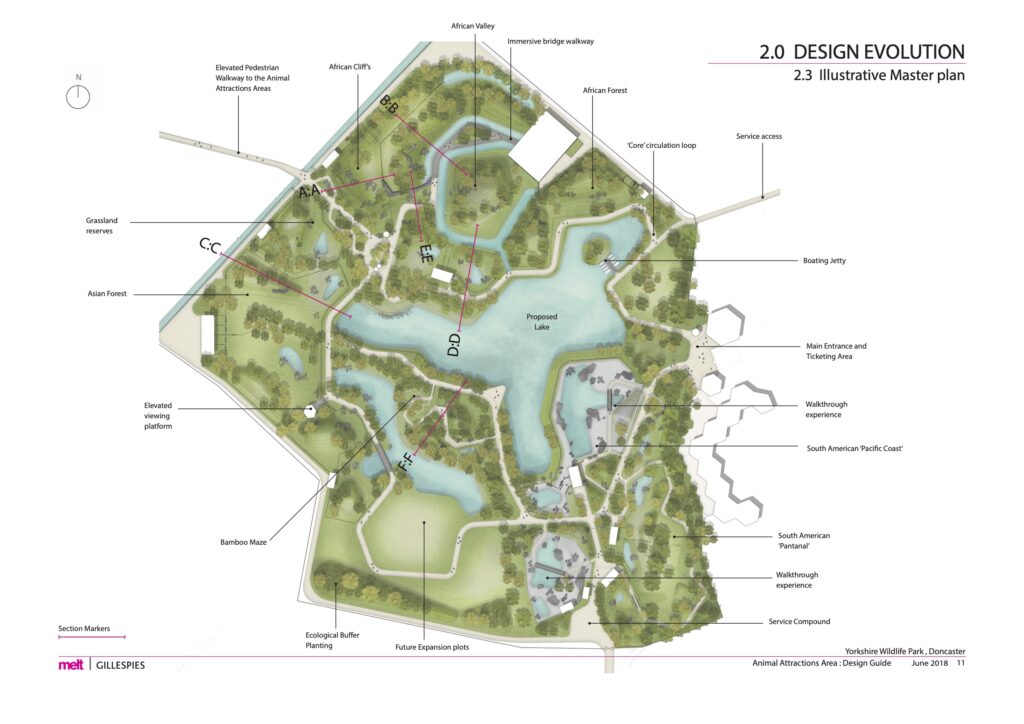
An illustrative design for the new site originally drafted in June 2018. Whilst the overarching plan has remained the same, there are already a number of changes since this document was produced – most notably, the end point of the bridge has moved south-west of the original location, with a number of knock on changes around what are now the Hyena and Simian enclosures.
And, of course, not everything planned has been built yet!

The guide map as the park is today. The park’s enclosures are still very much weighted towards the original section of the park.
Aerial Photographs
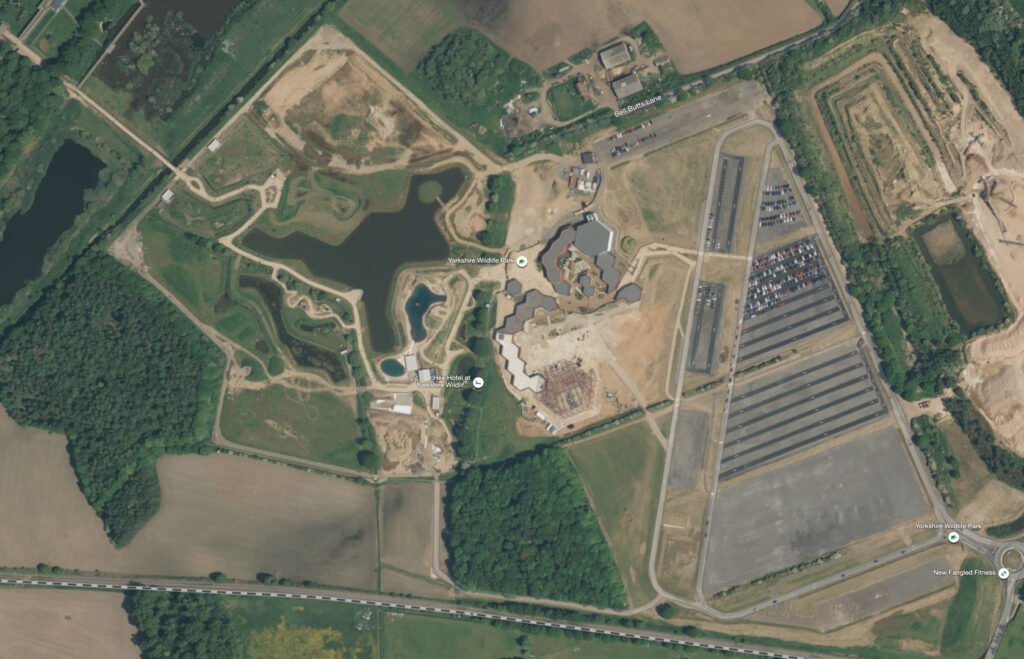
This image was likely taken during late summer 2021. The relocation of the bridge to the older part of the park can be seen. The two new pools of the Point Lobos enclosure can be clearly seen to the east of the main lake. There also appears to be further ground works to the north of the lake and to the south of Point Lobos. The southern groundworks are of particular interest as – on the original indicative design – this area was marked as a site for a second water-based enclosure.
The Sea Lions at Point Lobos
Point Lobos – named after the original Point Lobos, a nature reserve just south of San Francisco – is the major new area to open since my last visit. Billed as the largest purpose-built habitat of it’s kind, it’s currently home to six Californian sea lions relocated from Wipsnade Zoo.
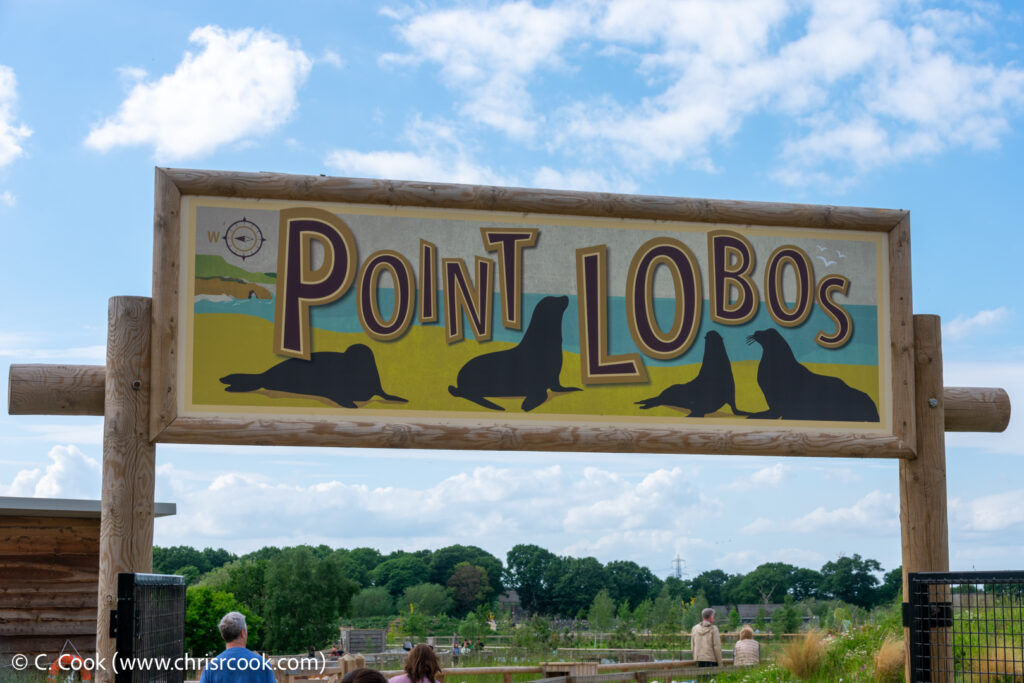
South entrance to Point Lobos.
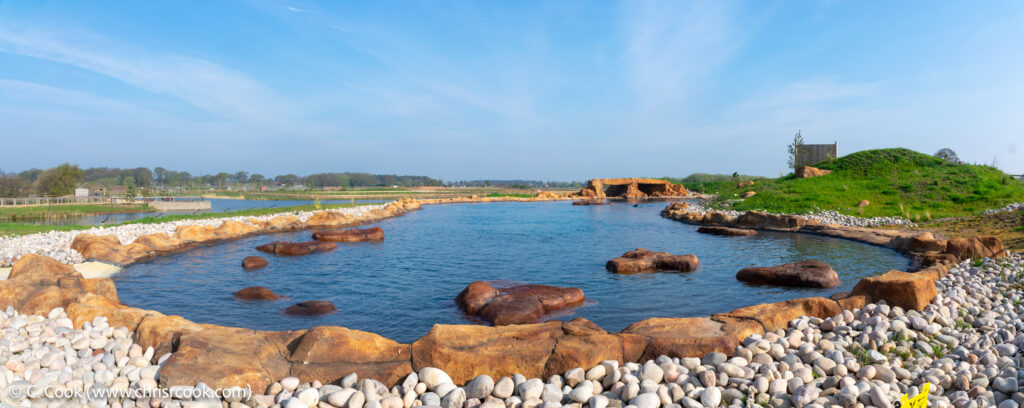
South end of the main pool. The water in this part of the main pool is much shallower than the water towards the middle and north end of the main pool. To the left, a path leads back to both the animal house and the smaller secondary pool.
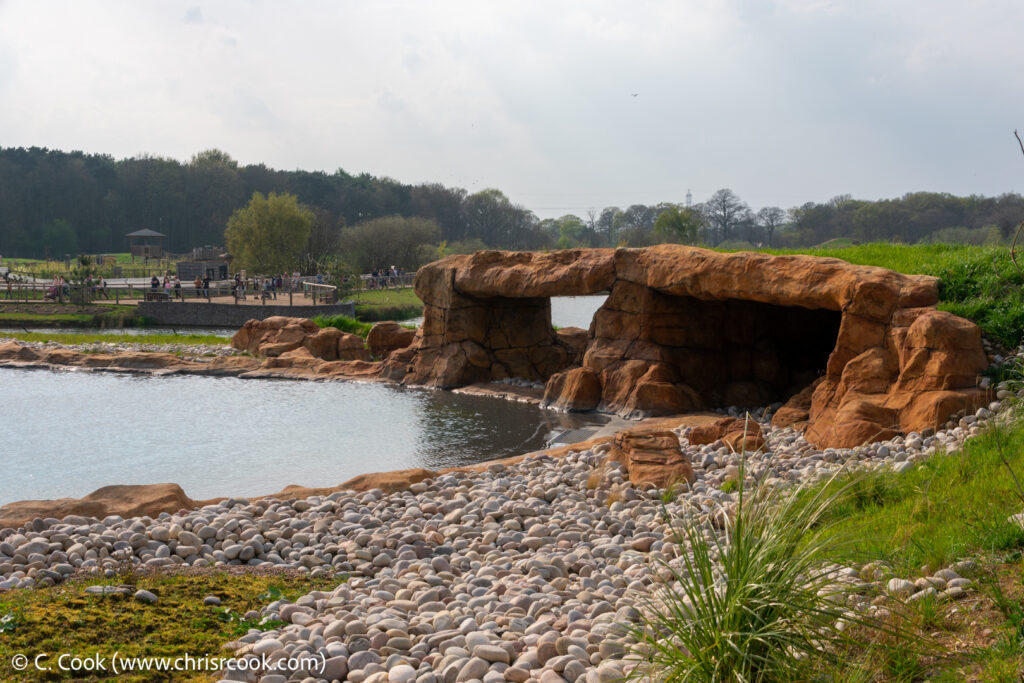
‘Caves’ at the north end of the main pool. Other than the animal house, this is the only major area of shade for the sea lions.

North end of the main pool. To the right are the caves. In the centre is a large rock big enough for several sea lions to sun themselves. To the left is a raised viewing area well placed to view the sunning rock.
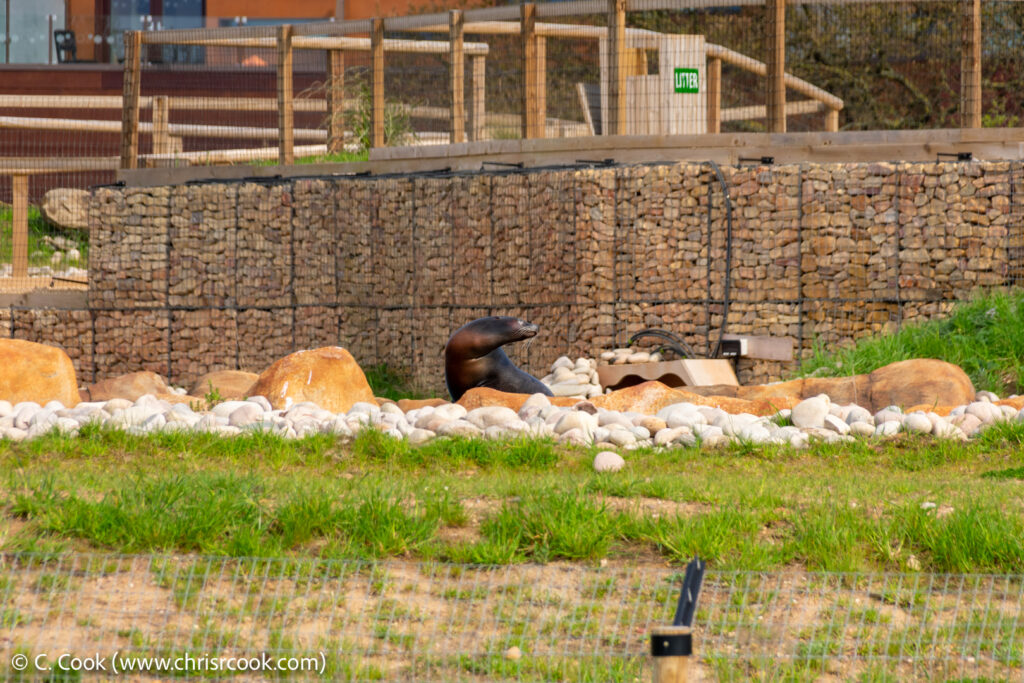
A sea lion sunning itself on the large central rock. This was shot across the lake with a good zoom lens. Behind you can see the raised viewing area.
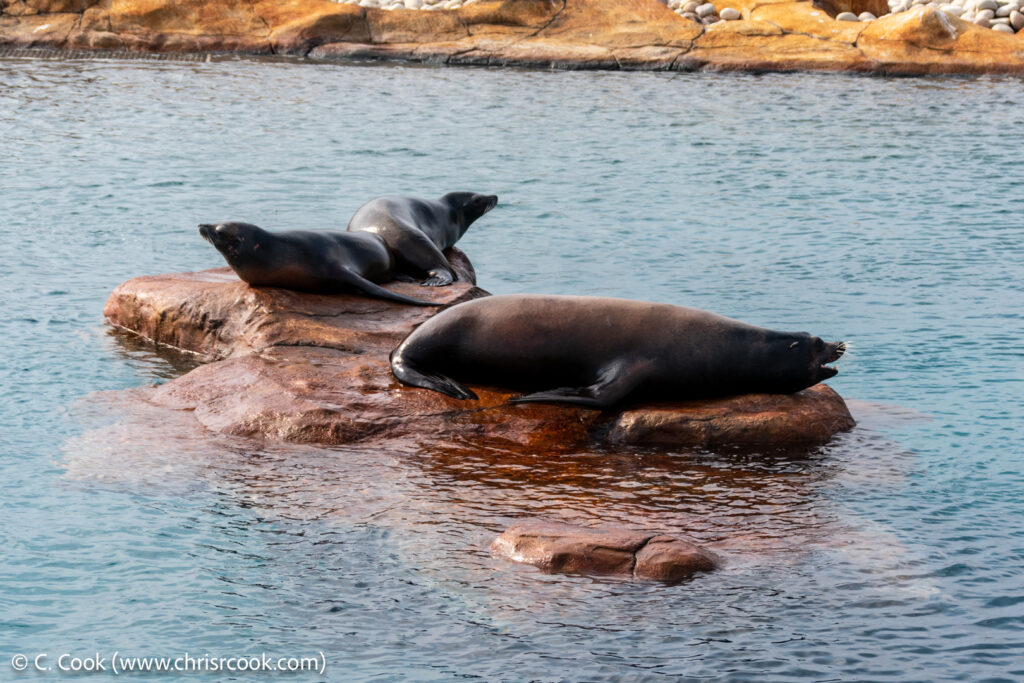
Three sea lions sunning themselves. The larger male would push other sea lions off to ensure that he had enough space.
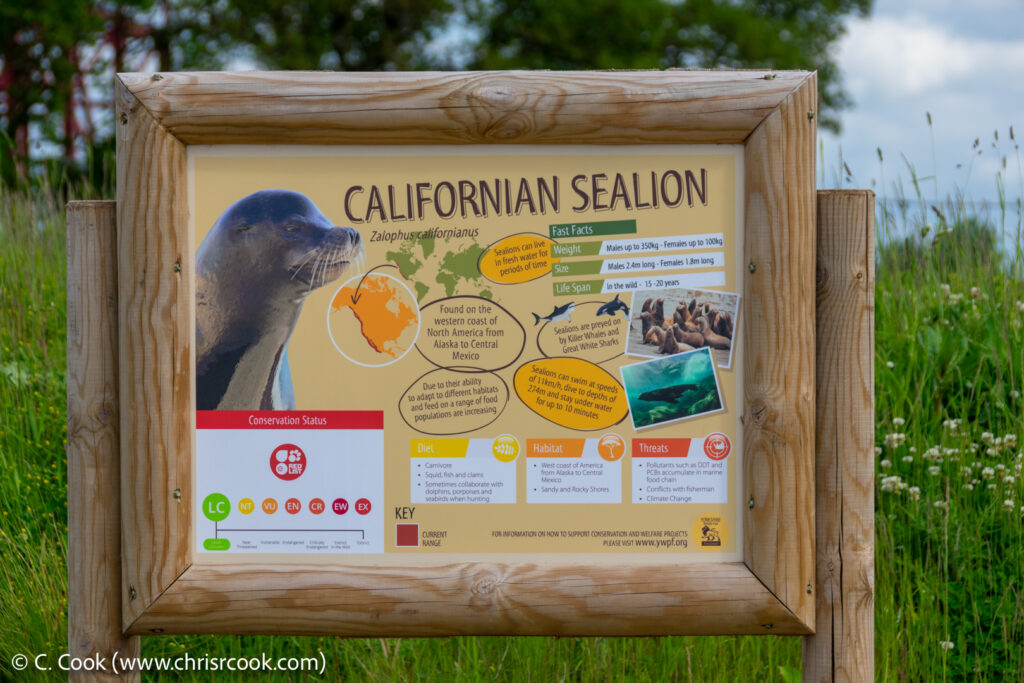
An information board.
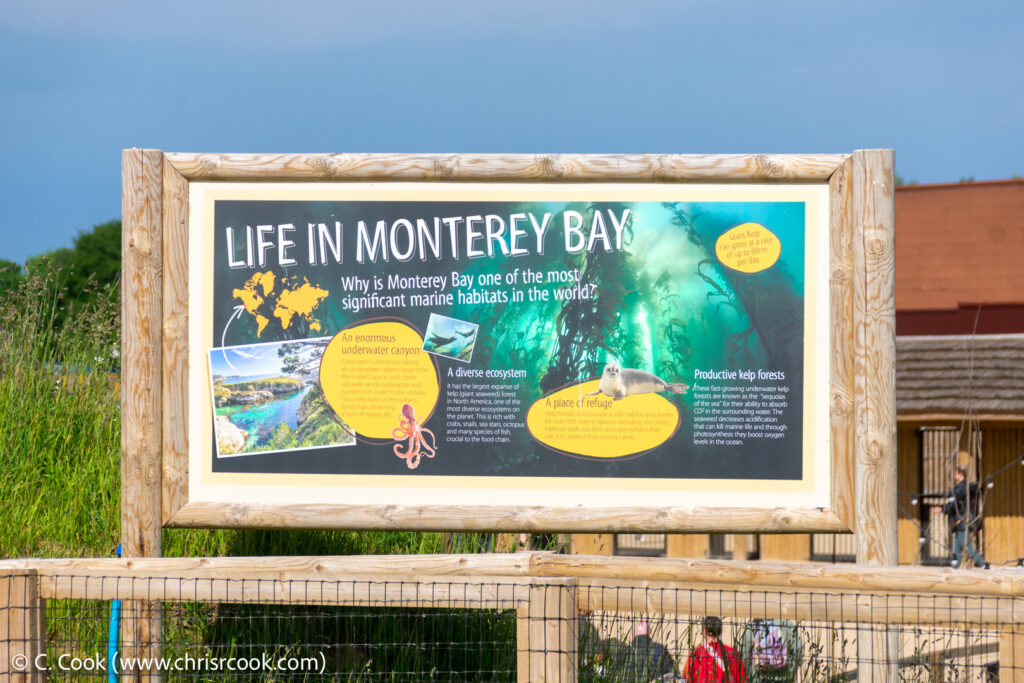
Another information board.
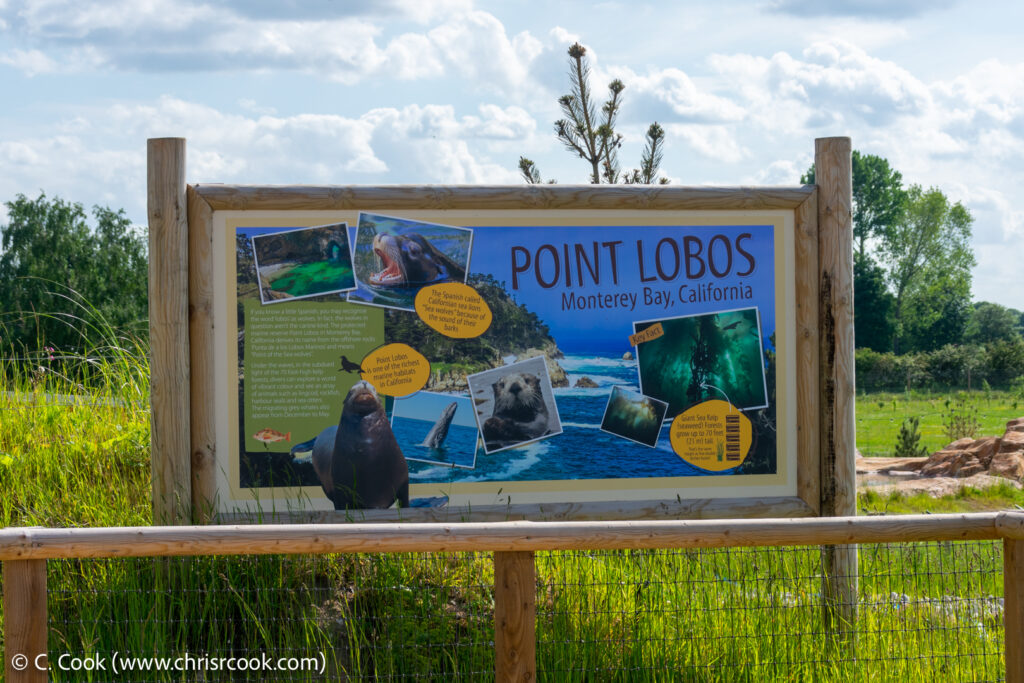
A third information board.

From left to right:
- Caves
- Path to upper viewing area
- Hill
- Lower viewing area
- Animal house
- Secondary pool
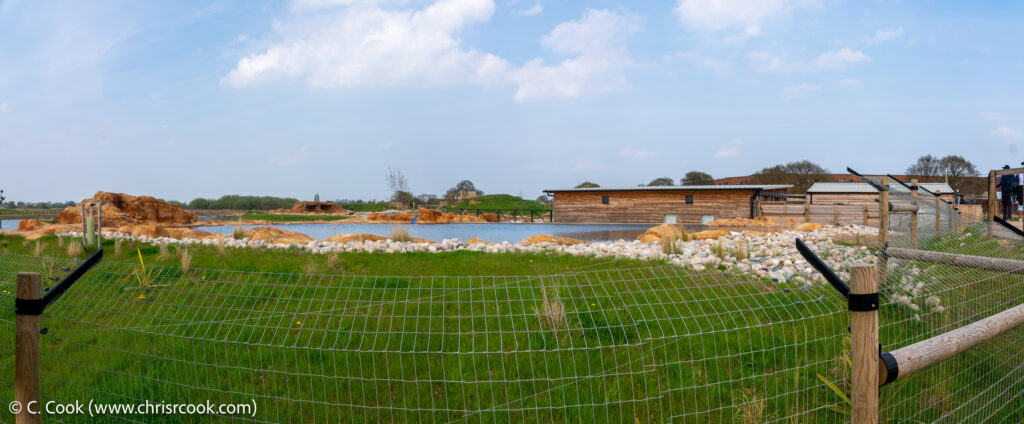
Smaller secondary pool. This is situated to the south of the main pool. This pool also has direct access to the animal house and – when the correct gate is open – to the main pool.
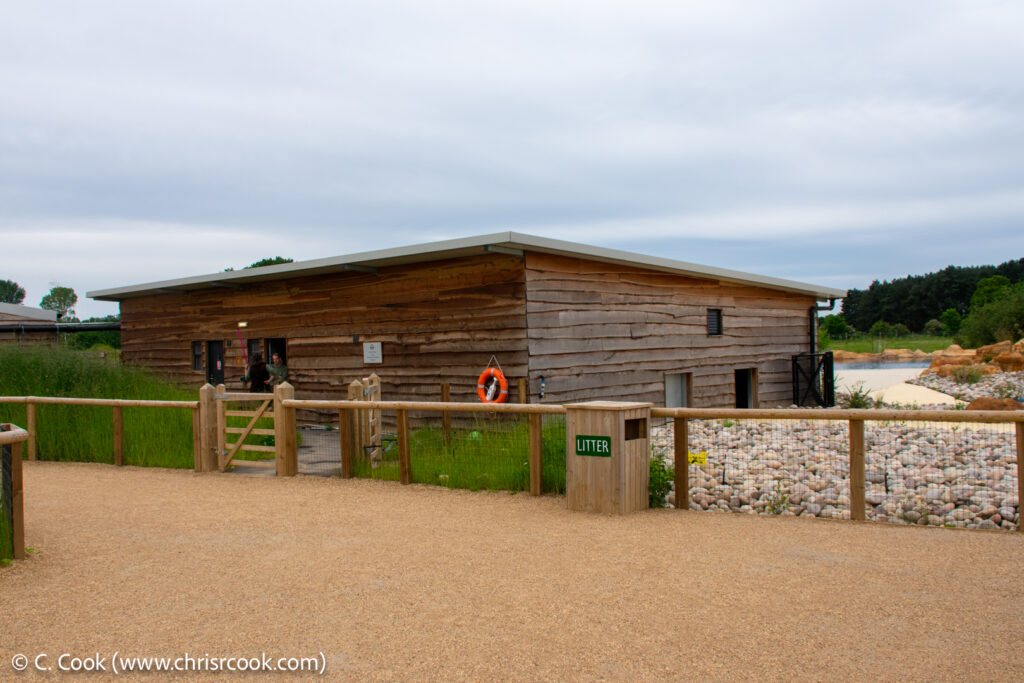
The animal house. Note the small doors on the left hand wall that provide access to the sea lions. The fencing is also indicative of the fencing around the majority of the pools – a low, waist hight fence suitable for leaning on whilst you observe with a smaller, inner electric fence to keep the animals away from their human observers.
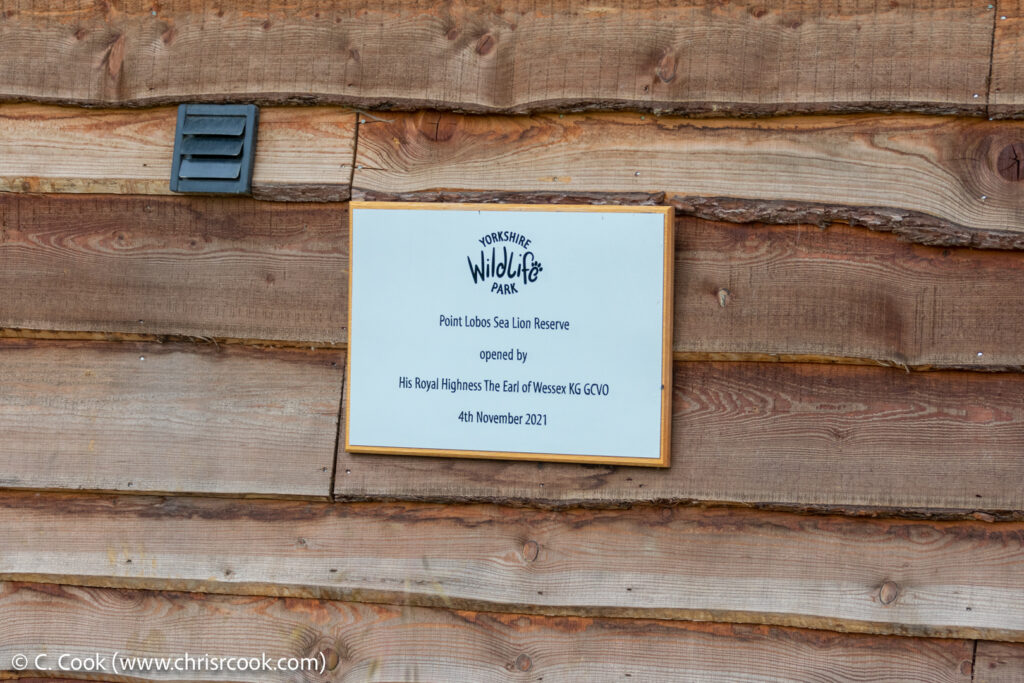
Point Lobos was opened by Prince Edward, Earl of Wessex on the 4th November, 2021 and a dedication plaque was added to the animal house to mark the occasion.
Pangea – Discovery of Dinosaurs.
The next area to open appears to be a dinosaur themed area known as ‘Pangea – Discovery of Dinosaurs’. As yet unfinished, this is to be found right by the main entrance to the park.
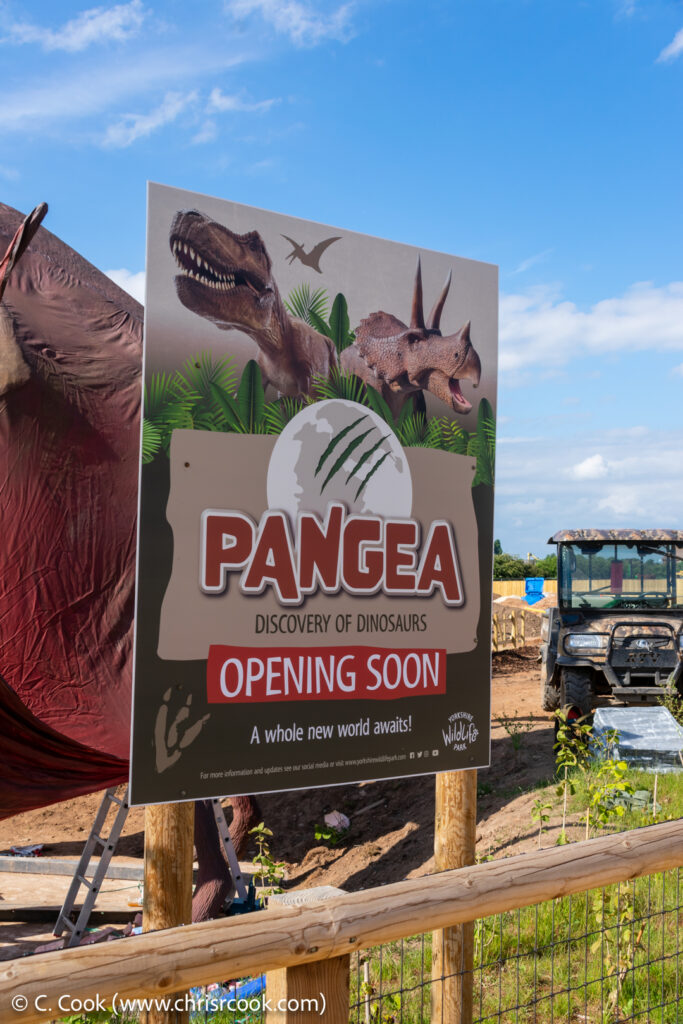
An announcement poster near the main entrance.

Taken across the lake. To the right is the north end of Point Lobos. In the centre is what was originally marked as an island. To the left is the new section of pathway that loops around the lake’s northern shore.
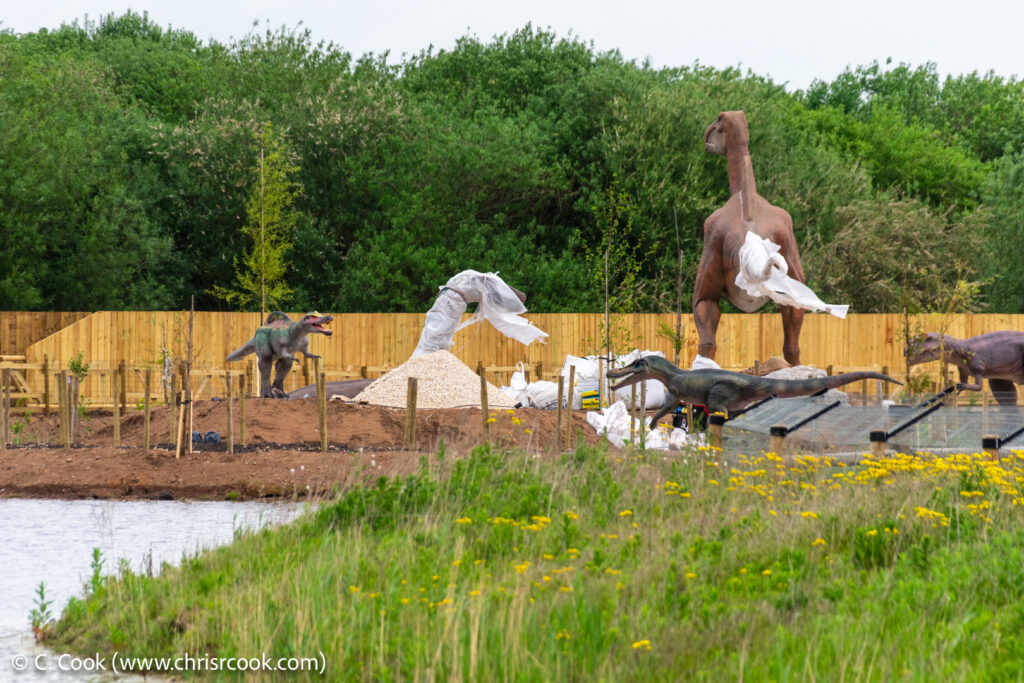
A close up of the island.

Taken from the north end of Point Lobos. A fairly expansive complex of walkways can be seen.
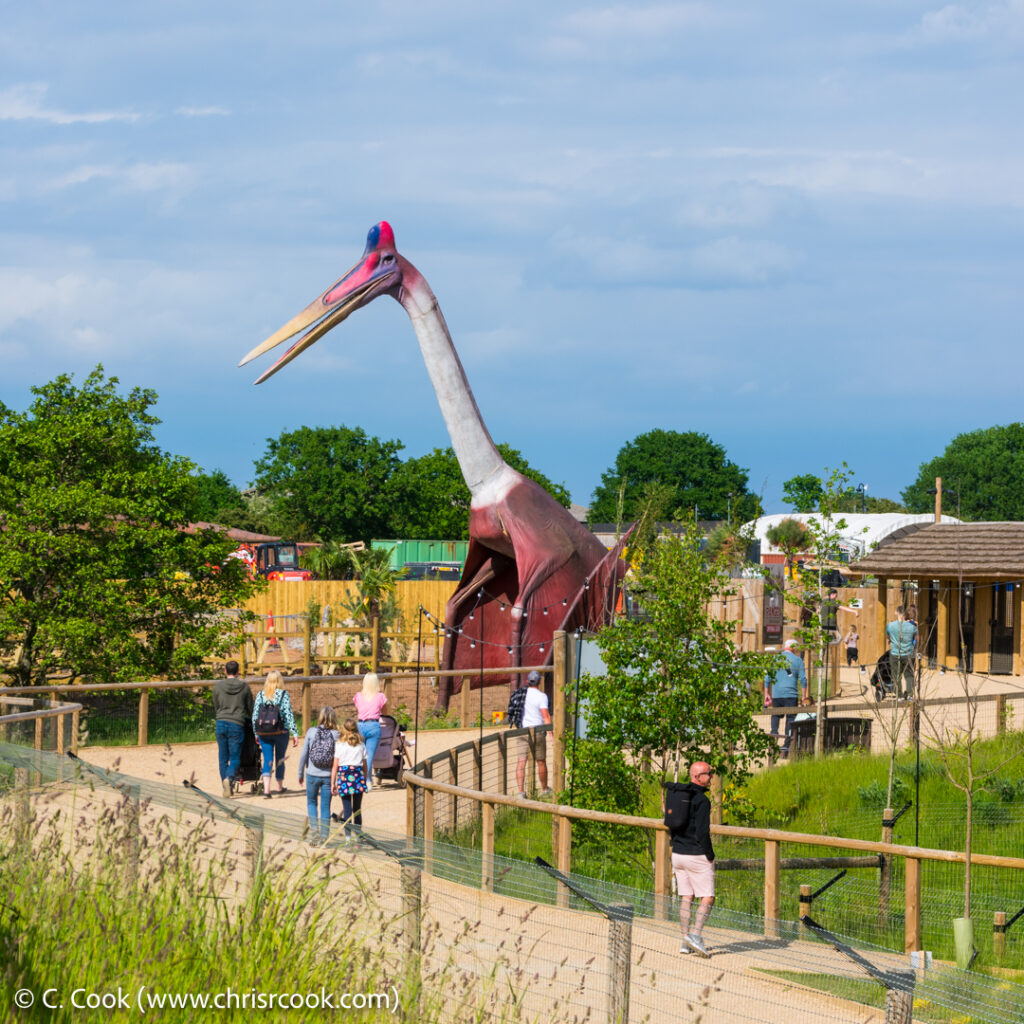
A Pterodactyl situated near the main entrance. This was actively being worked upon when I visited.
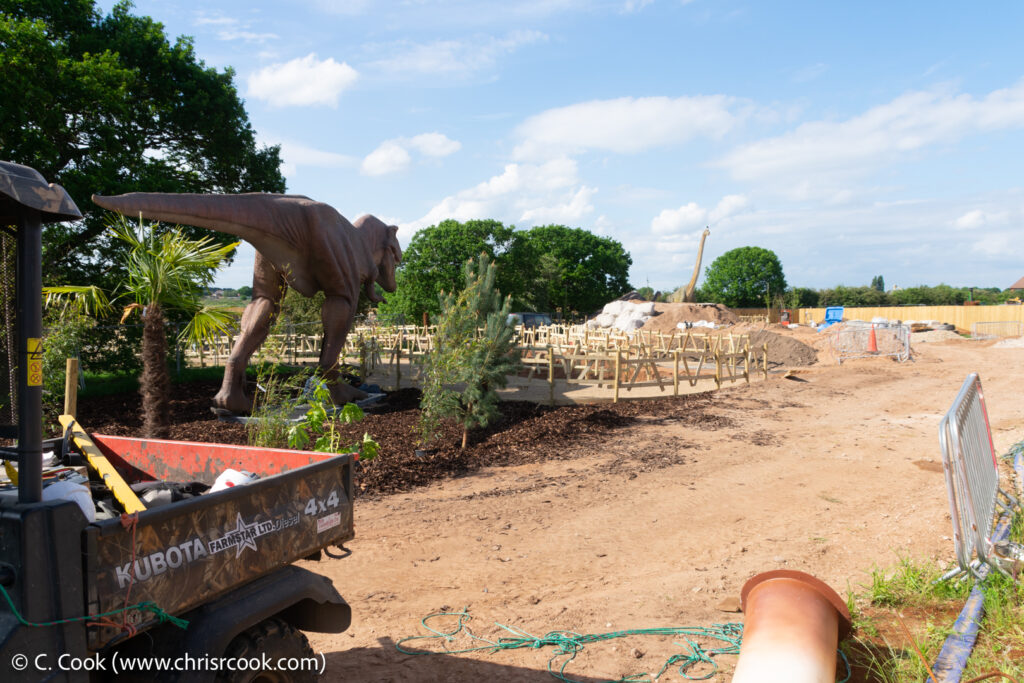
A Tyrannosaurus Rex in unfinished landscaping.
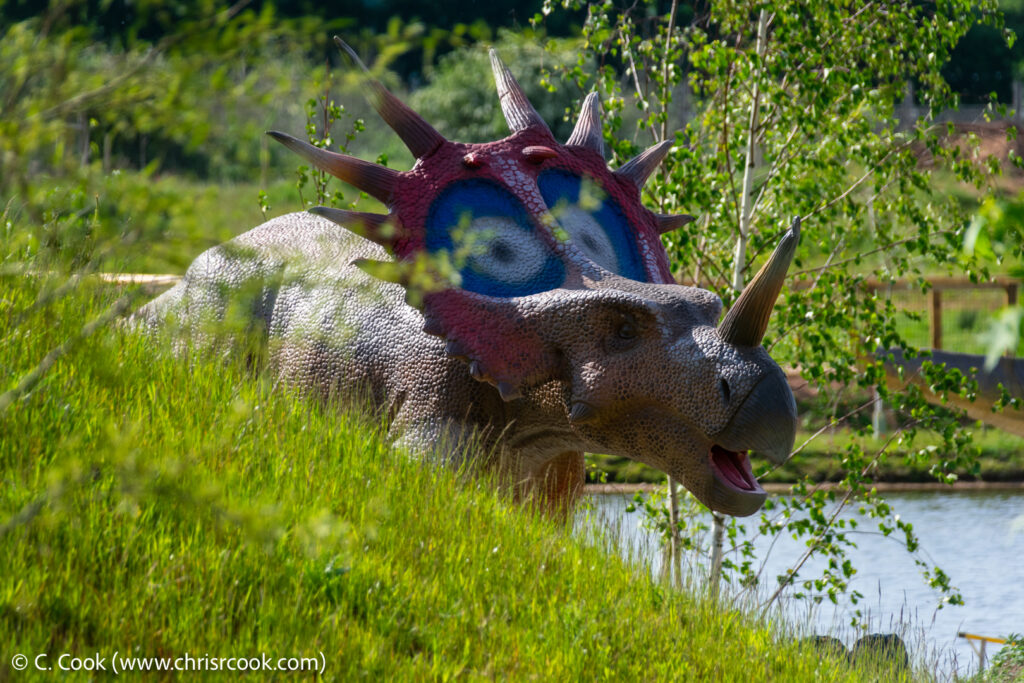
A Styracosaurus lurking behind a hill
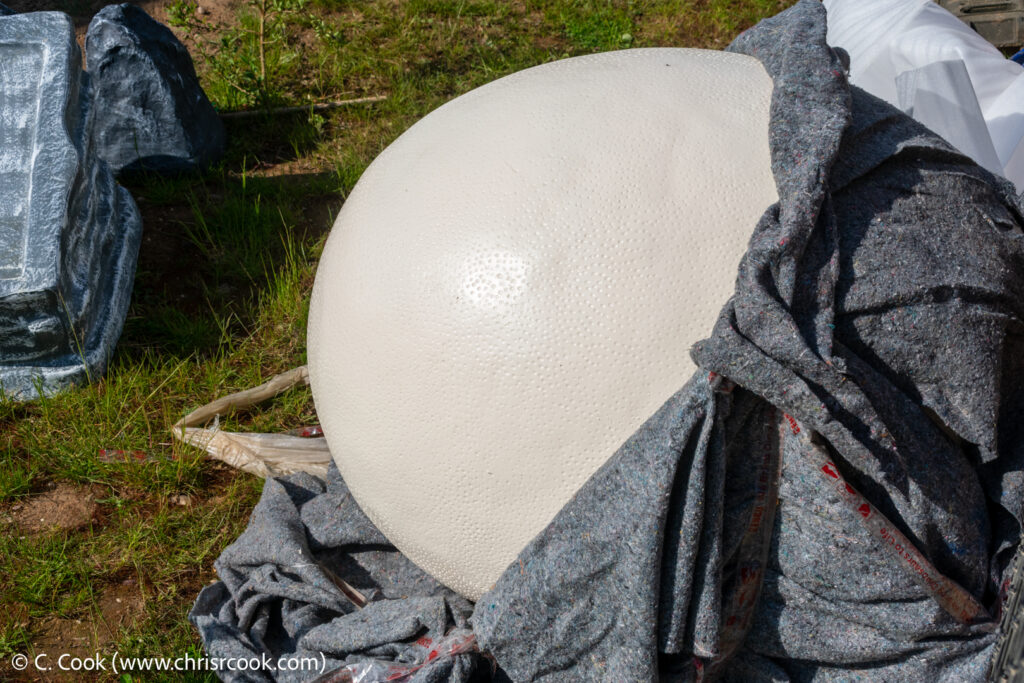
A yet-to-be-placed egg. This was approx. 50 cm diameter across the long axis.
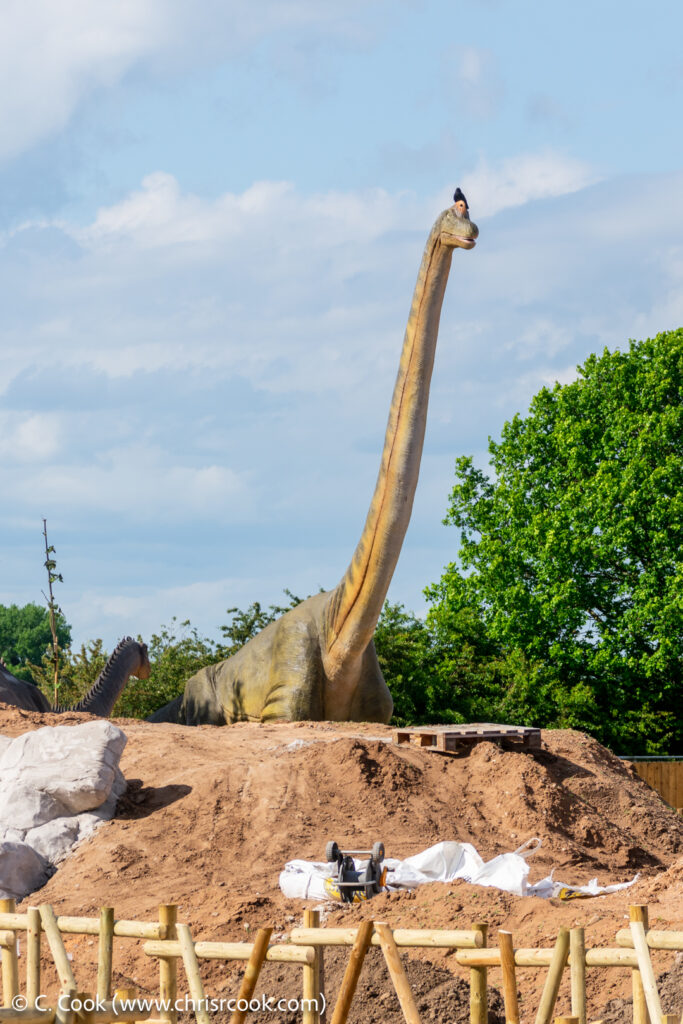
Brontosaurus with resting crow.
Northern Lakeside Path

The east end of the north shore path. To the right is the currently incomplete ‘Pangea’ area of the park. To the left the path runts to the Kukulu Play Island near the Hyena enclosure.

West end of the north shore path.
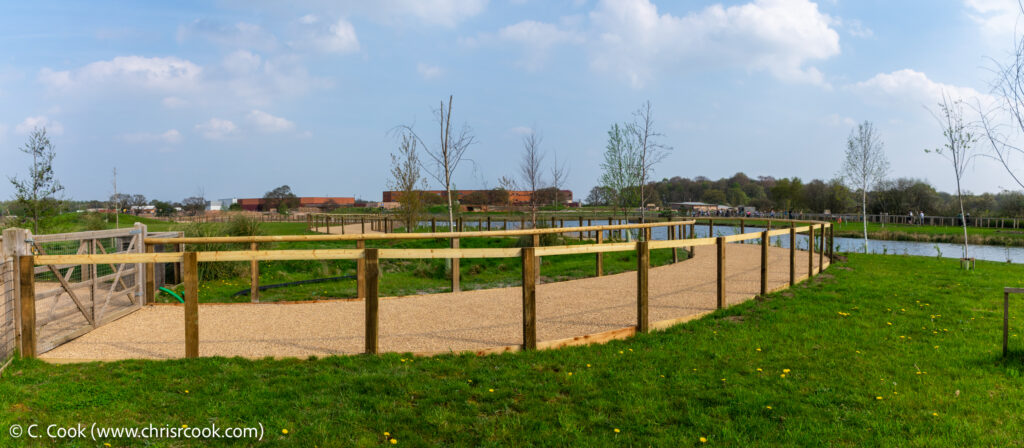
West end of the north shore path. Access to the path is currently blocked off with a large gate.
Earthworks Near the Wetlands
There are a number of earthworks in and around the west and north side of the new part of the park. It’s possible these works are part of preparations for a new set of enclosures – as we saw with the construction of the Hyena and Simian enclosures – but it is also possible that they are merely sources of soil for the work in the ‘Pangea’ area of the park.
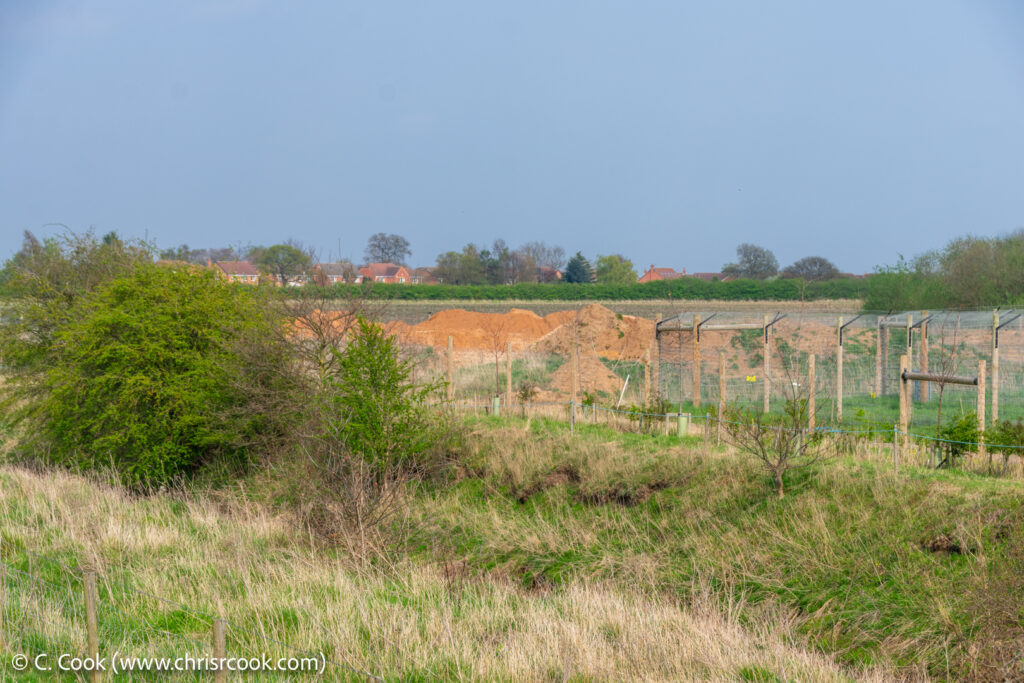
Earthworks to the north of the Hyena enclosure.
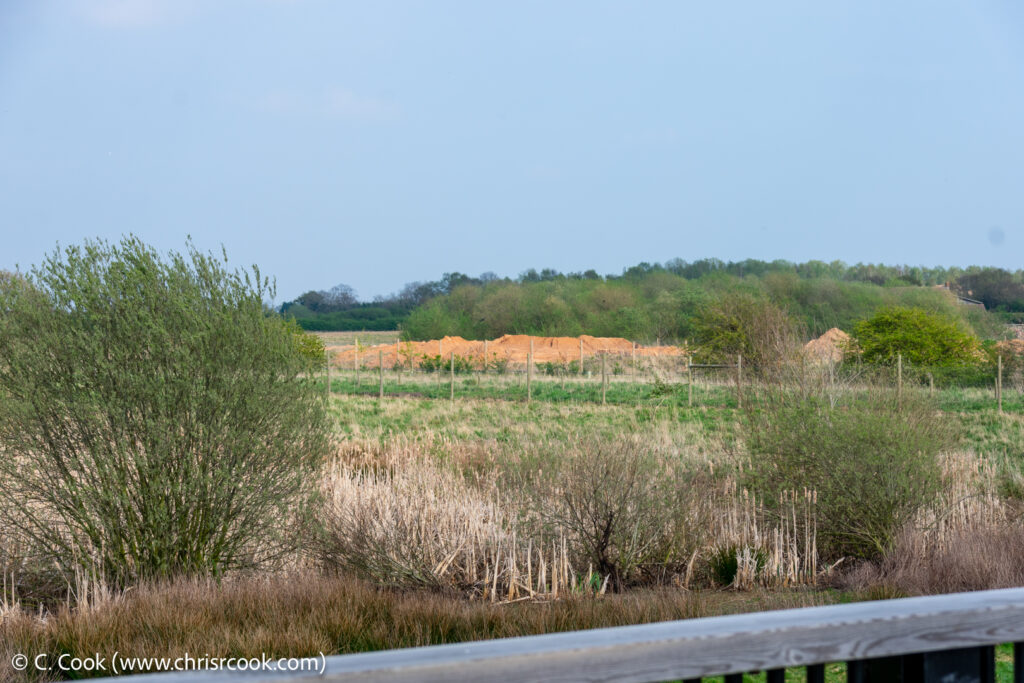
Earthworks to the north of the Hyena enclosure.
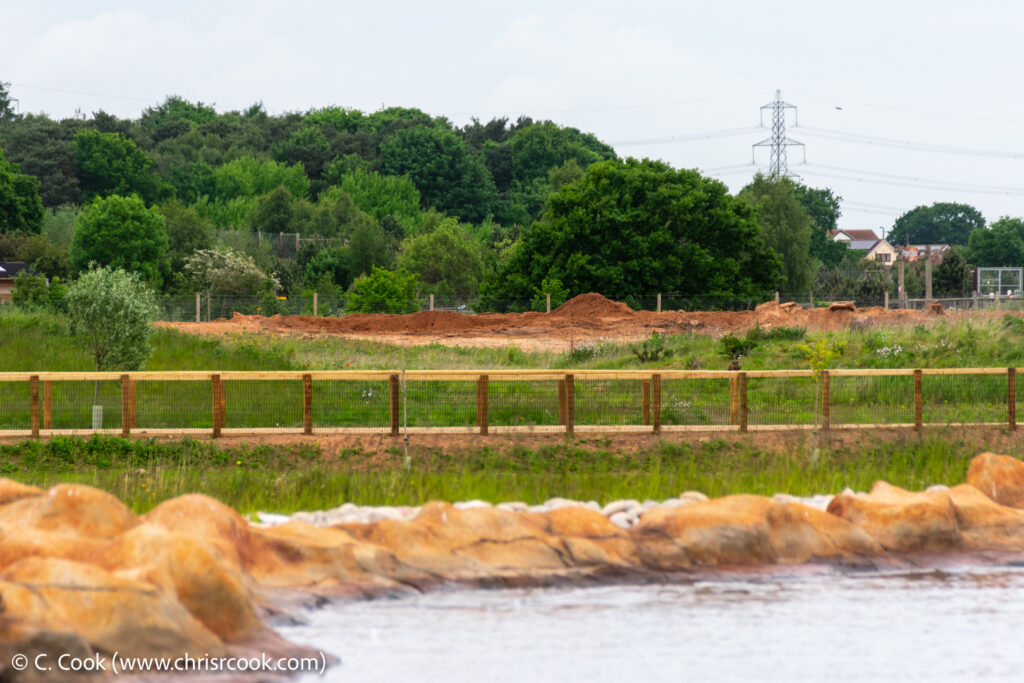
Earthworks to the north of the Hyena enclosure. This was taken across Point Lobos main pool and shows both the new path and the earthworks north of the Hyena enclosure.
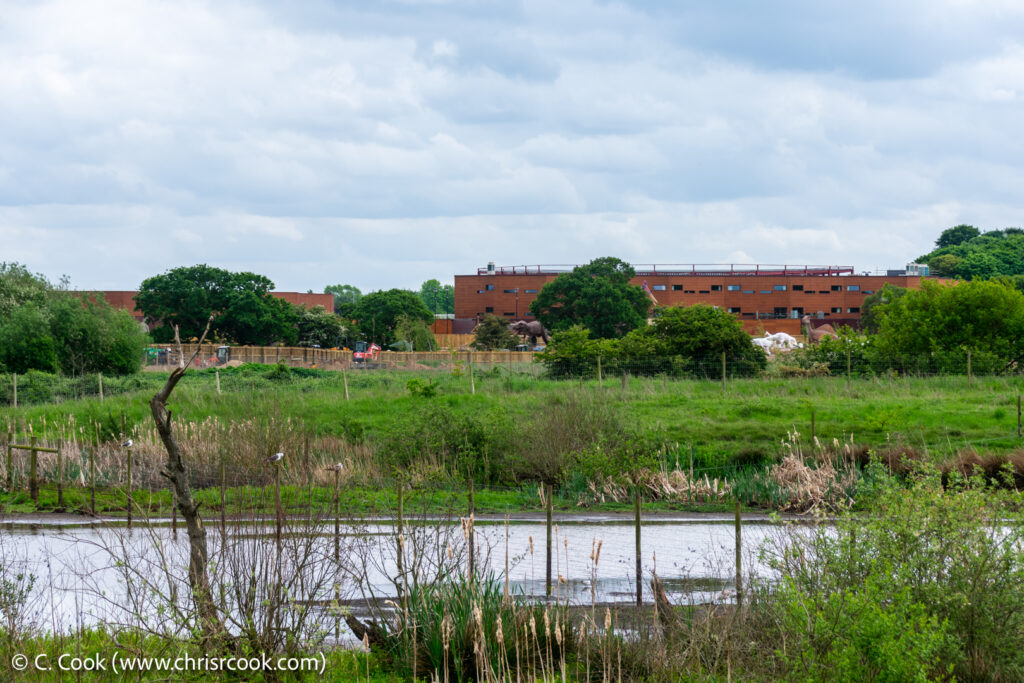
Fenced off earthworks to the west of Pangea.
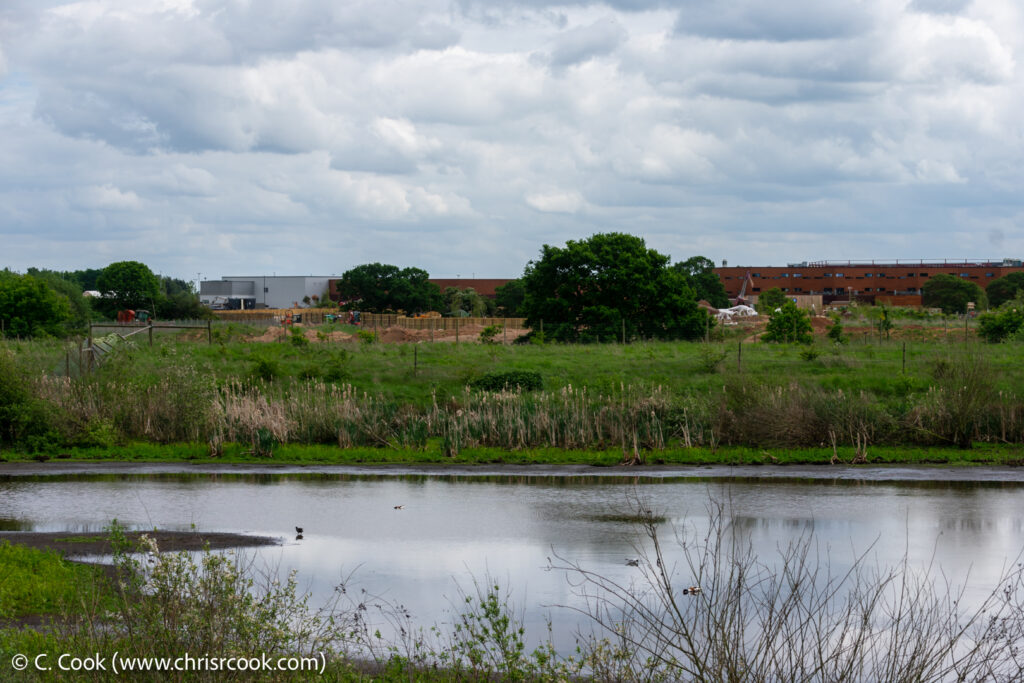
Fenced off earthworks to the west of Pangea.
The Hive
The Hive continues to progress.
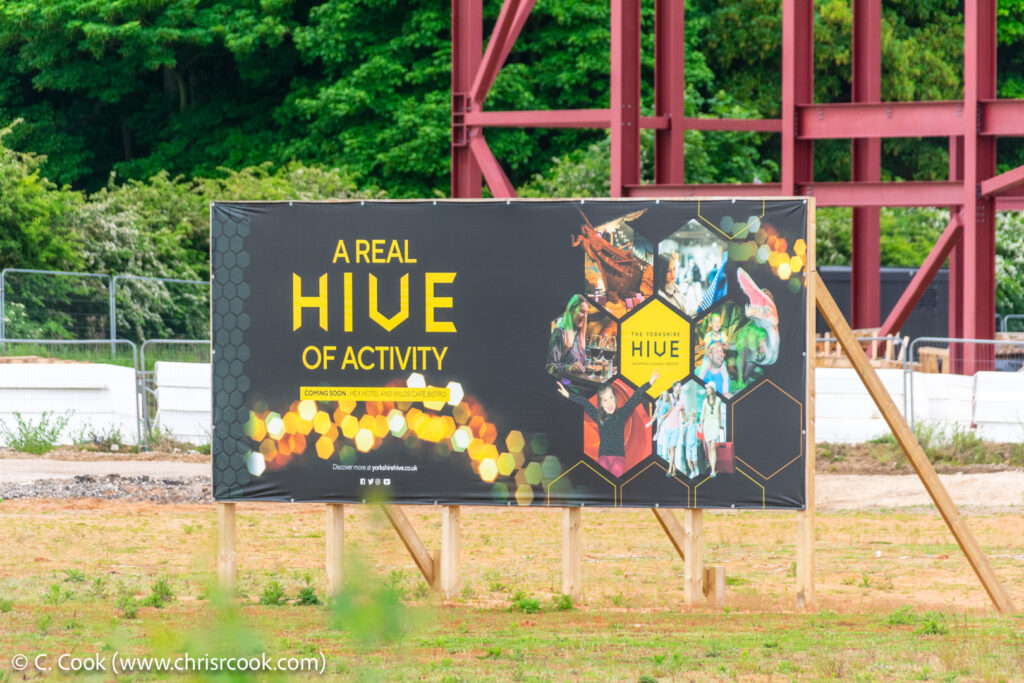
Display banner.
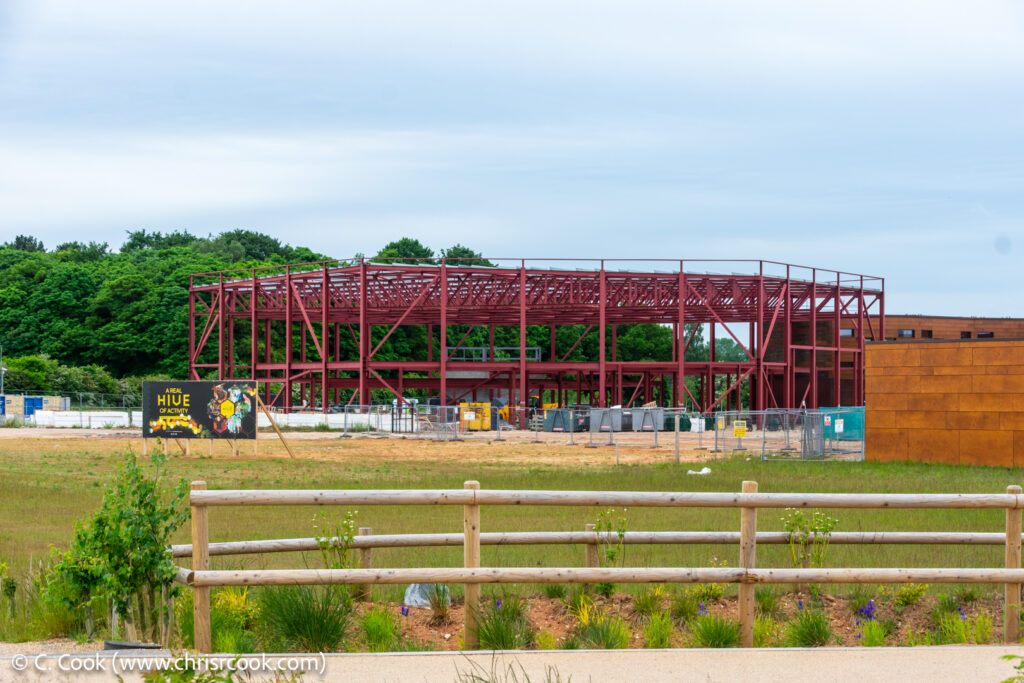
Steel frame for the conference centre.
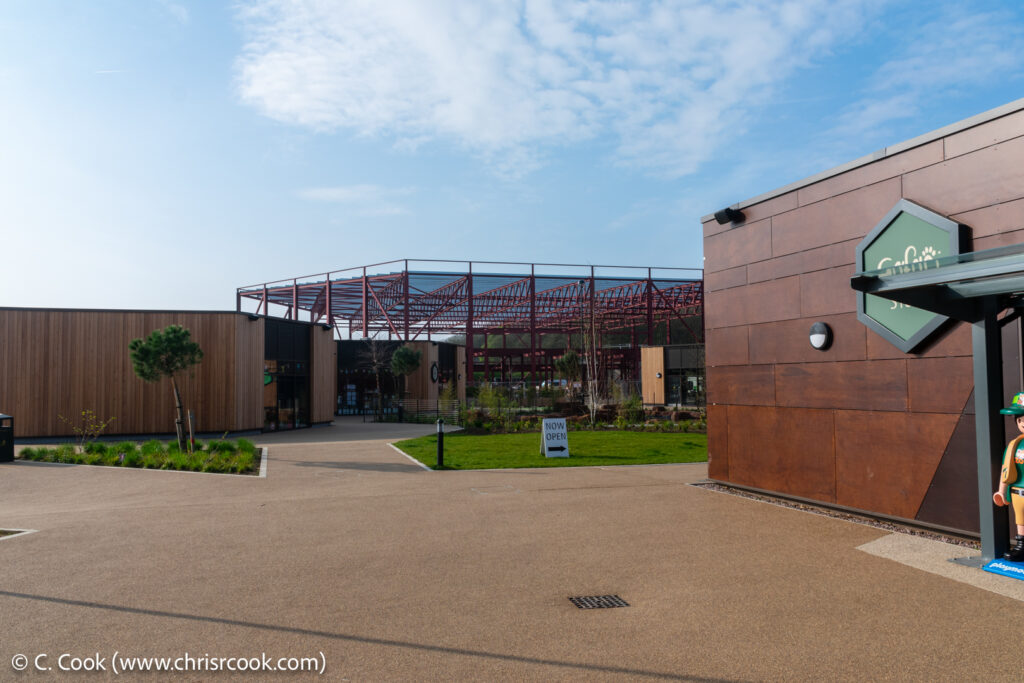
Additional retail offerings. The conference centre will eventually loom over this part of the complex
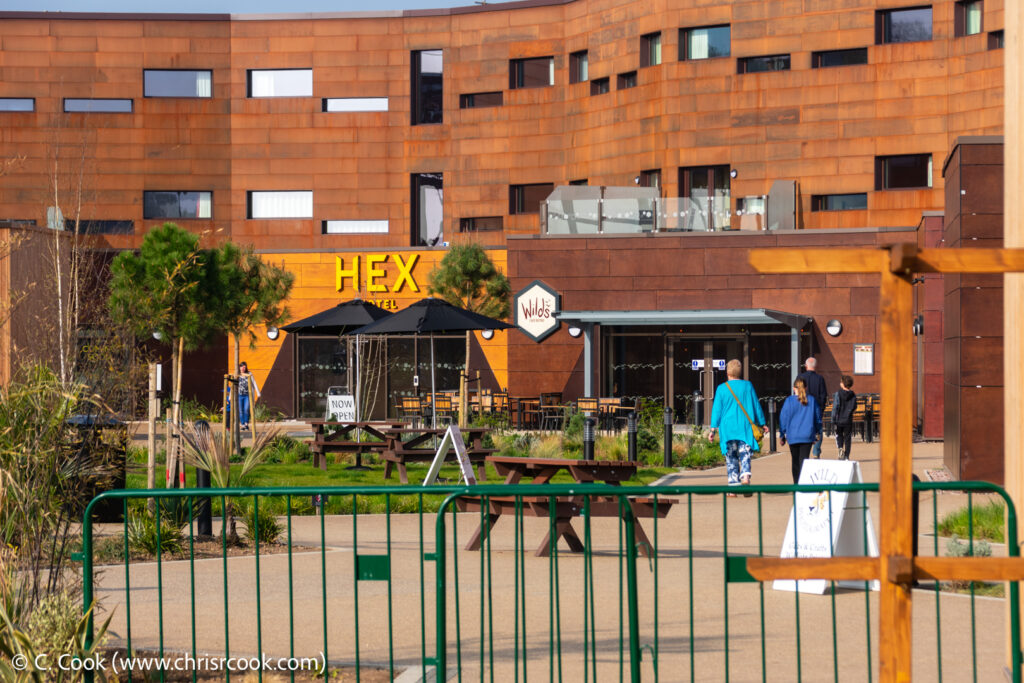
The hotel entrance. The hotel now appears to be open.
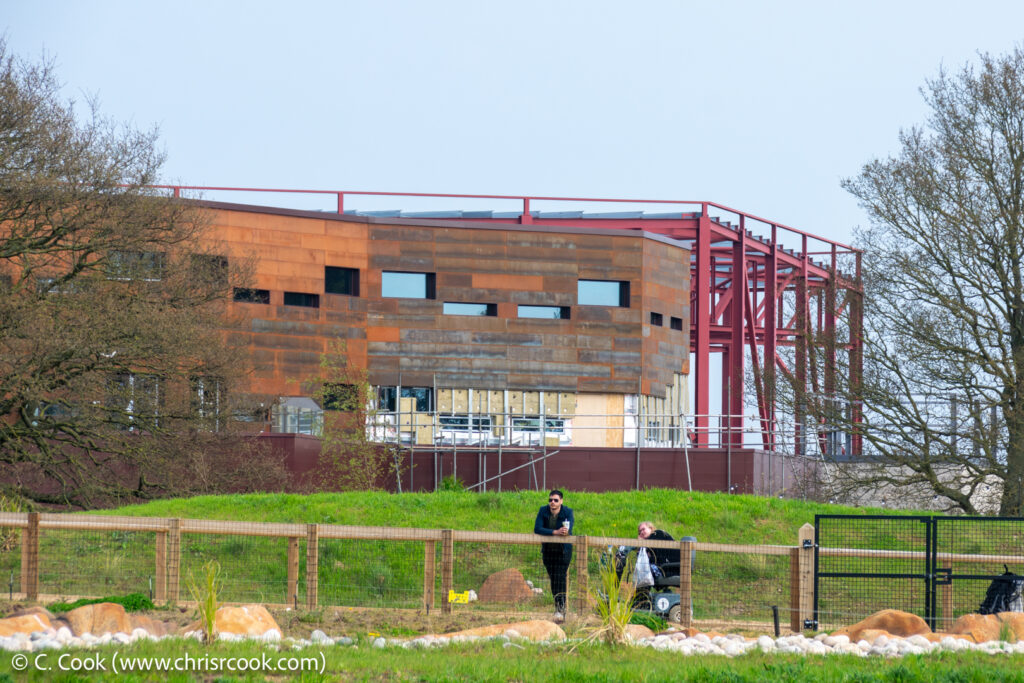
The rear of the hotel. Cladding work still seems to be in progress.